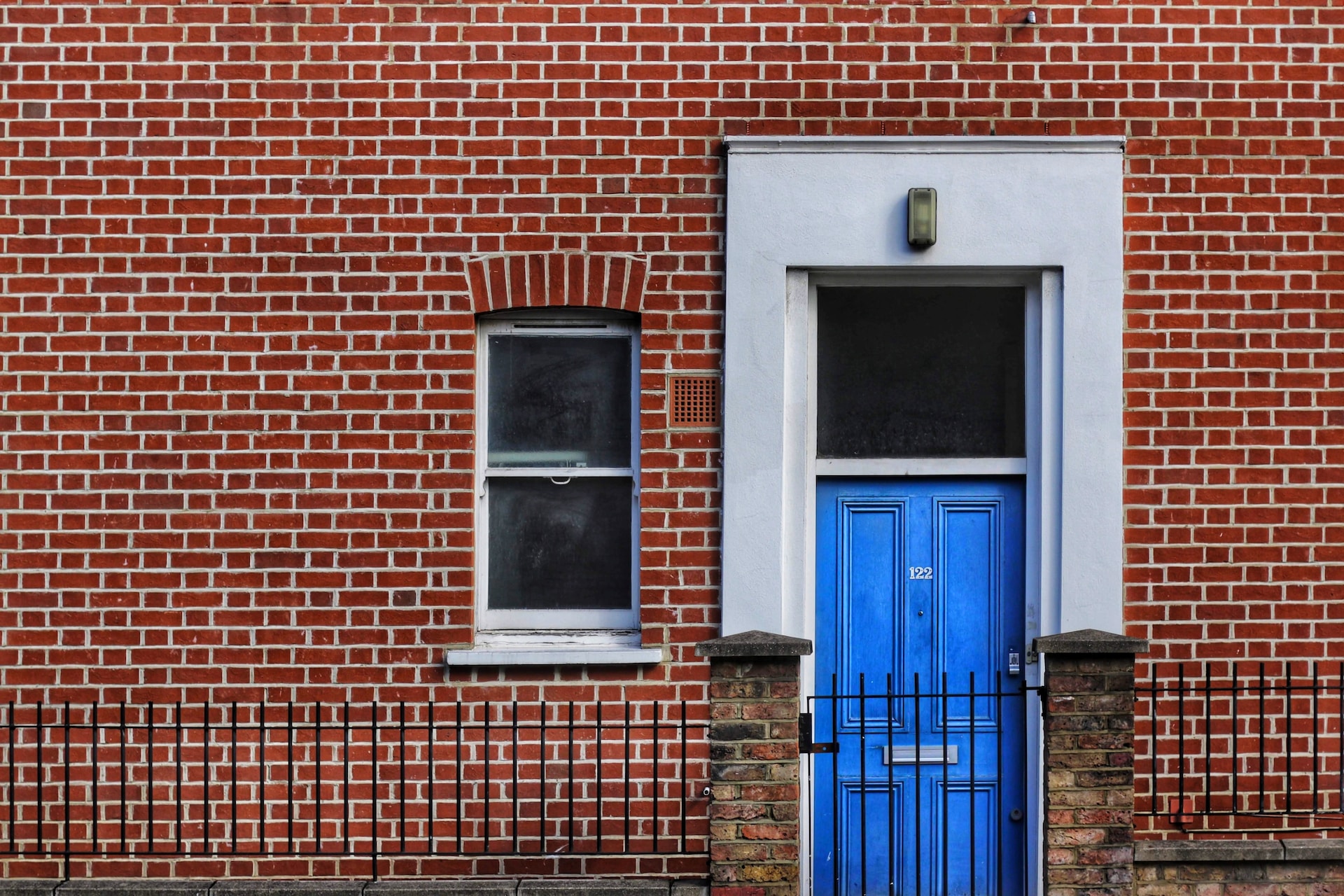Several big-name insurers have reported subsidence incidents are up 20%, causing a spike in insurance claims. The reason for this was due to the hotter than typical summers we have been experiencing. Read on to find out how the subsidence damage claims are linked to our hot summer.
As the UK’s building stock is mainly older buildings, we can expect to see subsidence as a more common occurrence in the years to come due to global warming. Many older structures were built with shallower foundations than the prescribed amount in the current Building Regulations for new builds.
There are approximately 25,000,000 dwellings in the UK, and according to the BRE, around 13,012,000 were constructed before the first set of national building standards in 1965. To narrow it down, we can presume that approximately 11,969,000 of these are houses and flats built between pre-1850 to 1964. These figures may not be entirely accurate. However, it serves more as an illustration that a large portion of our building stock is old.
Foundation Depths and Regulations
Between buildings built between 1878-1985, we can safely assume that foundation depths can be as shallow as 225mm around London, not to mention varying thicknesses and widths. From buildings 1985 onwards, strip foundation depths are required by the Building Regulations at a minimum of 0.45m (apart from on rock) to avoid frost action. However, with clay soils, this must be deeper depending on how shrinkable the clay soil is, which depends on the soil’s plasticity index. Foundations are expected to be at a depth of 1.0m or above for high shrinkage clay soils.
In the South East of England, we have a general area of shrinkable clay soils so that foundation depths will be 1.0m or above in most cases. Essentially’ strip foundations should be taken to a depth where anticipated ground movements will not impair any part of the building’s stability,’ where the deeper you go, the less likely shrinkable soils are going to be affected by seasonal changes.
What is Subsidence?
Subsidence is the movement of foundations due to soil activity, most notably the shrinking of clay soils due to climatic or moisture changes.
The reason why clay soils are more susceptible to shrinking is due to their molecular composition. Clay has tiny particles that can hold water within its structure. Therefore they willingly absorb moisture and voluntarily give up moisture in times of drought; this will cause the clay to shrink.
The way subsidence affects foundations is that it can cause a downward force, most of the time around a localized area; this will cause the foundation to dip or rotate; this will usually then be followed by usually cracking straight through the wall, however, in most cases, the subsidence can be relatively minor and only cause slight cracks internally. However, it will usually be more noticeable externally. Due to the forces being reasonably consistent in subsidence, crack patterns can be assessed to ascertain whether the foundations are moving.
Trees Causing Subsidence
Trees can cause subsidence as certain trees can extract vast amounts of water from the ground. As mentioned previously, due to clay’s molecular composition, they will readily give up moisture. Trees are seen as the most common cause of subsidence. However, it is not the only cause of subsidence. This can have a devastating effect on foundations not dug deep enough, particularly in times of drought.
Ground Moisture
Leaking drains, and sewer pipes can cause either heave or subsidence. Heave is the build-up of moisture in the ground causing similar damage but due to the reverse cause. Ground moisture can cause subsidence as it washes away soils with smaller particles, which causes that localized downward movement.
Related: Building Surveyors in London Kingston
Voids and Filled Ground
Voids near the foundations can cause downward movement in foundations. The filled ground is an area that a building has been built on which is not consolidated sediment, i.e., loose material that will not support loads of a building.
But Why in the Summer?
As our summers are only getting hotter due to global warming, we can expect a higher amount of clay in areas to experience shrinking. This related to the number of buildings expected to have shallow foundations would mean a good chance for a consistent level of subsidence claims in the future.
Related: Building Surveyors in Surrey
What Should You Do If You Suspect Subsidence In Your Property?
It is recommended that you appoint a surveyor to conduct a specific defect survey on your property. A lot of the time, cracks can appear a lot worse than they are or vice versa. A particular study by the defect can ascertain the likely cause of the potential subsidence or rule it out for peace of mind. A consultation report following this will help you claim your insurance to pay for remedial works.
If you are experiencing any defects within your property that you may suspect is more structurally significant, such as subsidence, you can contact us. You’ll be referred to a surveyor, who will be happy to take your call to discuss your situation and provide FREE expert advice.



